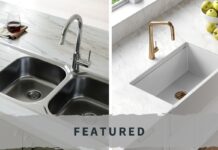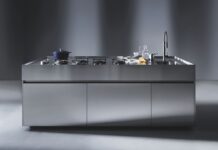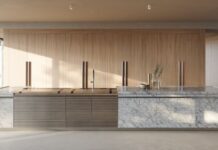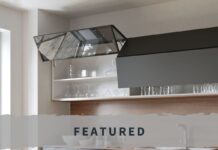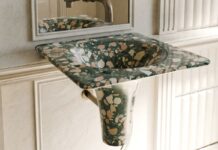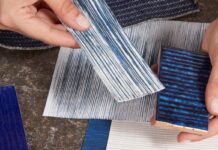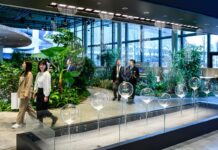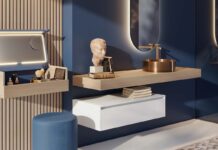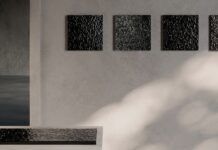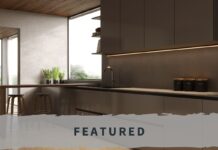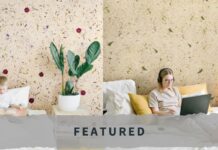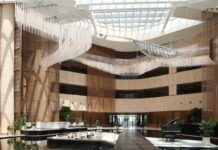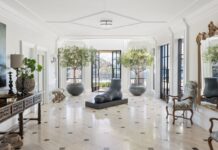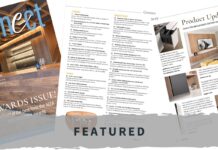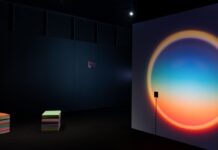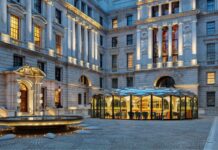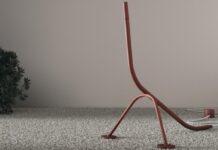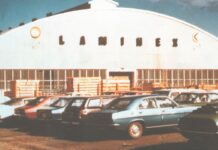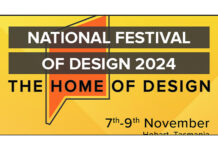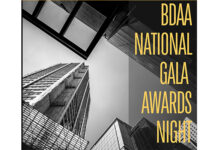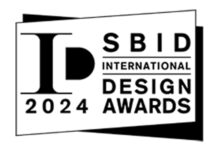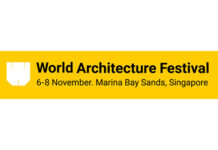
At the 2009 Interzum, we began to see the emergence of textured surfaces with many exhibitors showing off what was then a new concept for surface materials.
Then, in 2011, we saw this trend solidified with an emphasis being placed on use of texture to create emotional impact and connection with the surface material.

Now, in 2013, this has been taken even further with heavy textures and a very “weathered” look emerging.
On almost every stand there were plenty of examples of this heavy texture – from strong colour schemes to neutrals and naturals, from monochromatics to brilliant rainbows.

To my mind, this only serves to emphasise what we are seeing already in Australia – a back-to-nature approach with neutrals and natural surfaces seeking to create a warm, welcoming and nurturing feel within the home. Whether this is done with natural materials or man-made structures, the idea is still the same. Australians are becoming more family oriented – we are creating homes that cosset, homes that want us to be there, homes in which we and our families can relax and spend time together.
When you increase texture, you obviously increase the impact of curvature so whether it be digital patterns on surfaces or patters created from natural products, we are creating a “softer” environment from a visual perspective. It’s easier to create cosier, more comforting and welcoming internal rooms when curves are involved.

This is also a fiscal reality for many Australians. Although Australia’s economy is strong in terms of world economies, many Australians are still playing it safe and not over-investing or over-spending on areas outside the home. It’s a natural human condition to retreat to the cave when times are tough – it’s just that now we have the means to make the cave cozy, warm and welcoming and this influx of heavy textures will only make this easier.
Let us know your thoughts on these new, heavier textures. Would you/do you use them?


